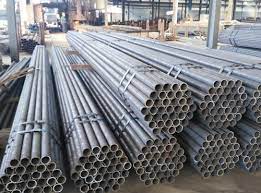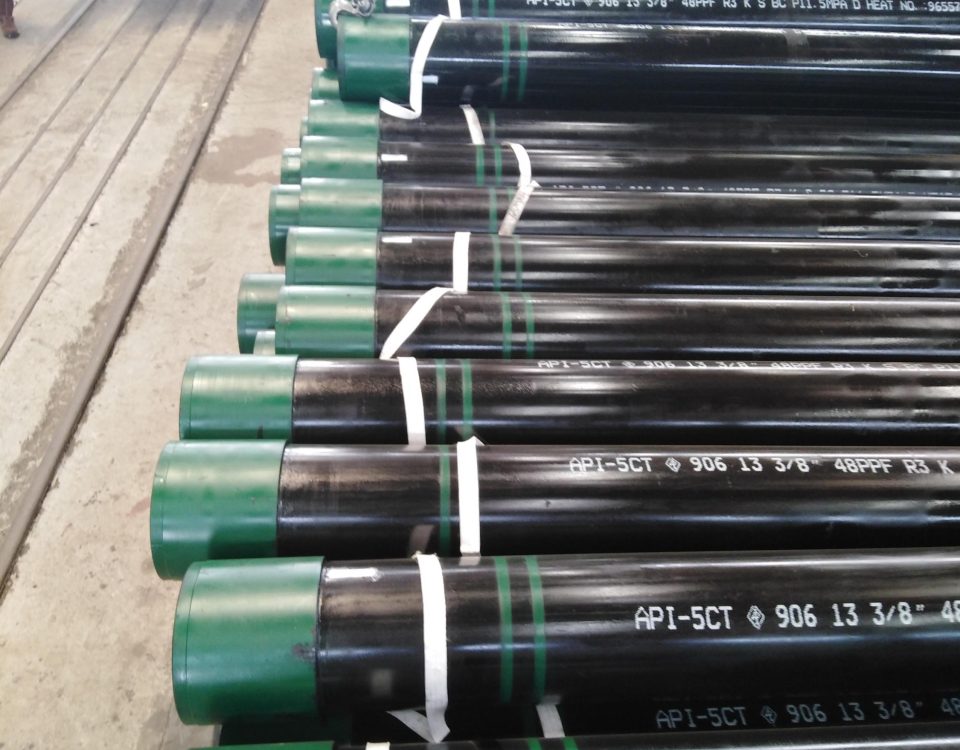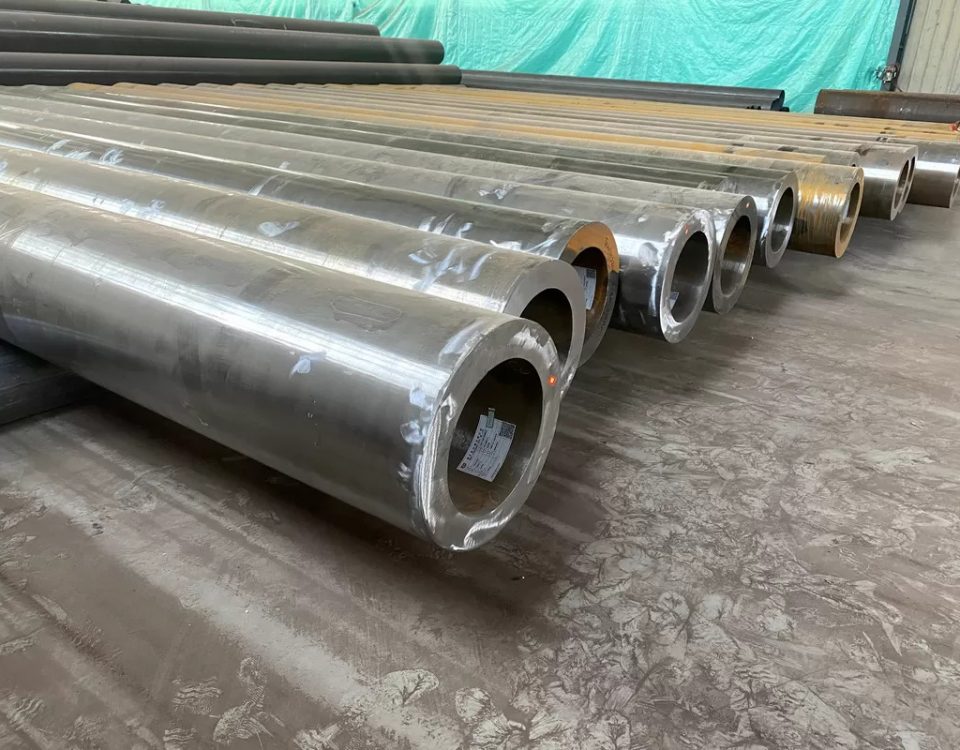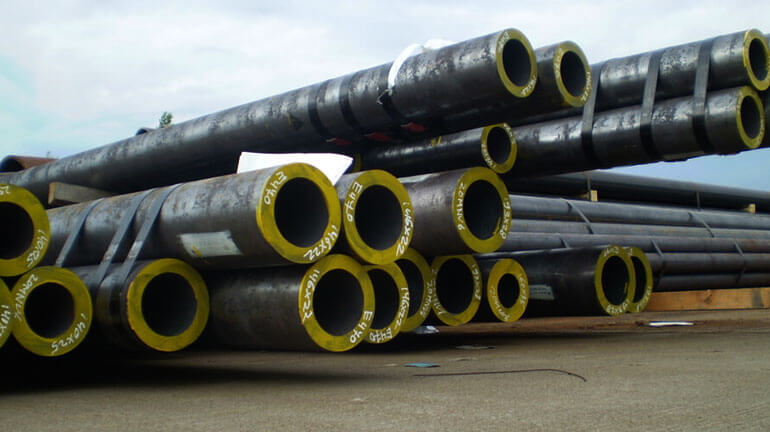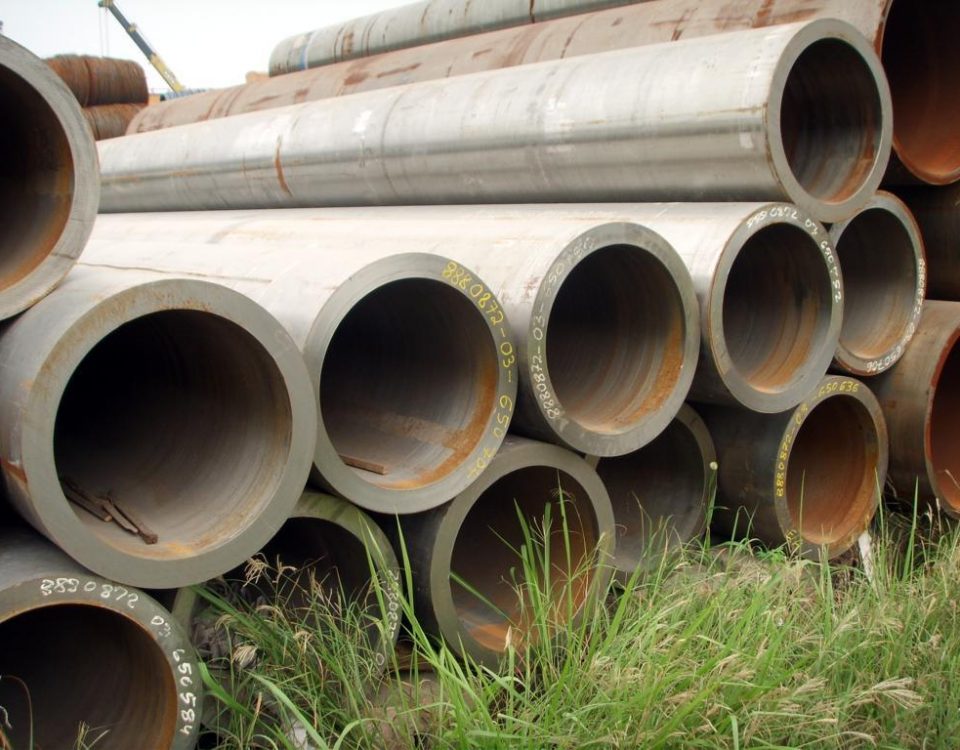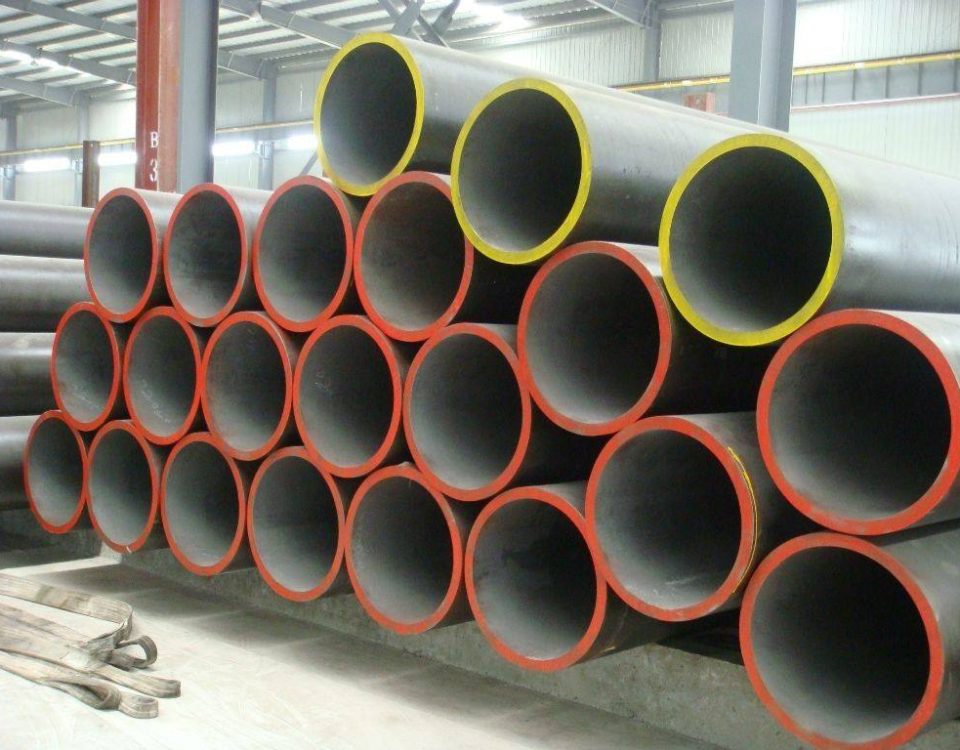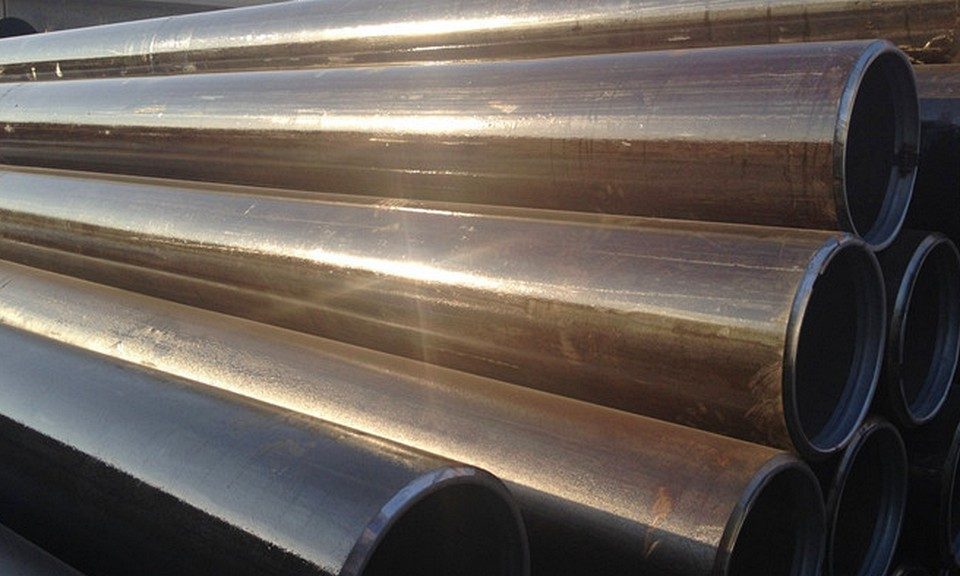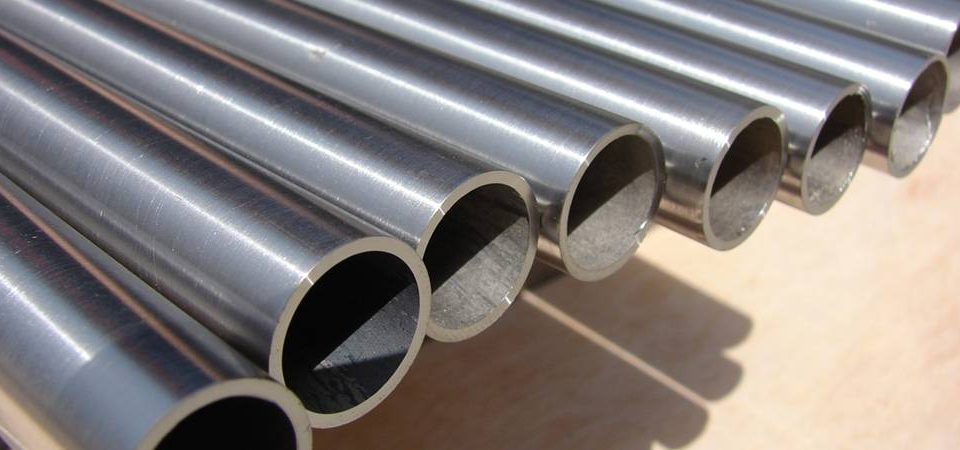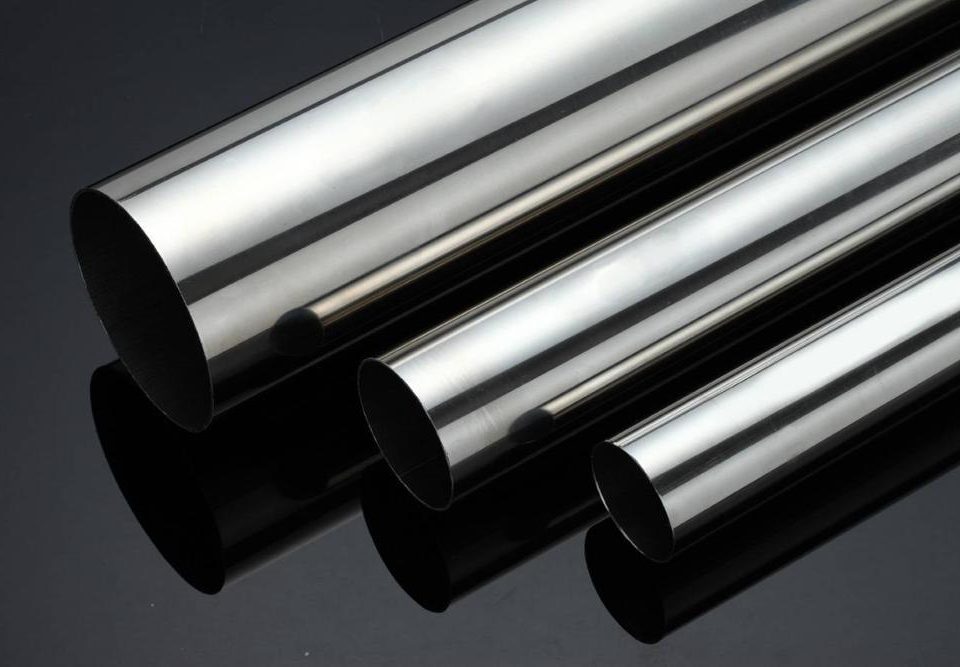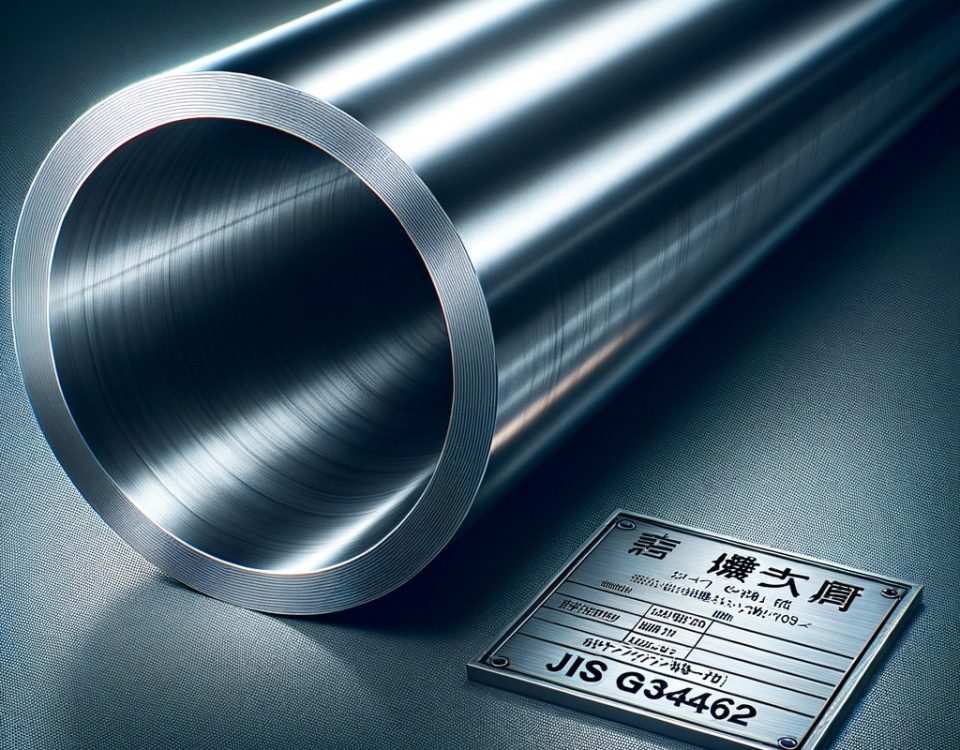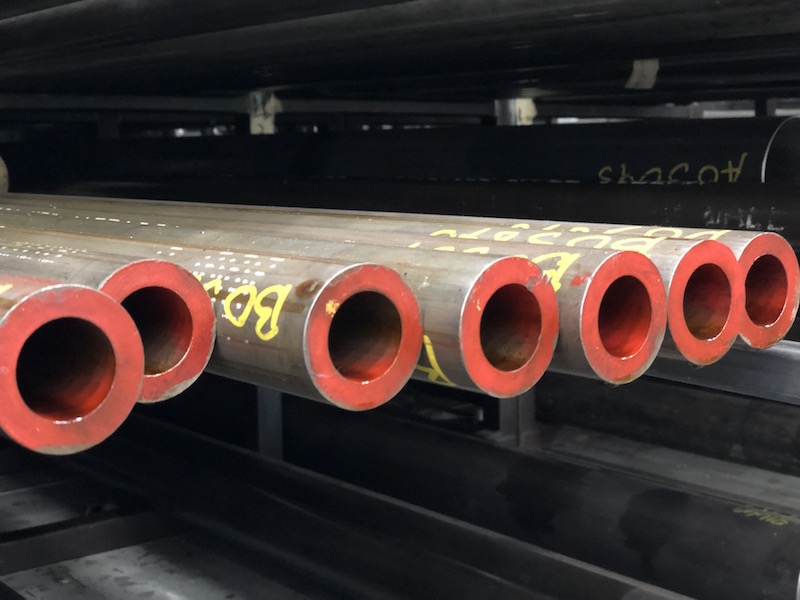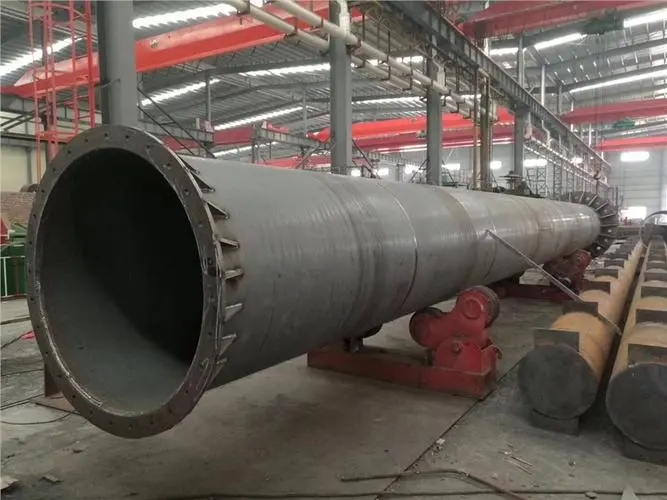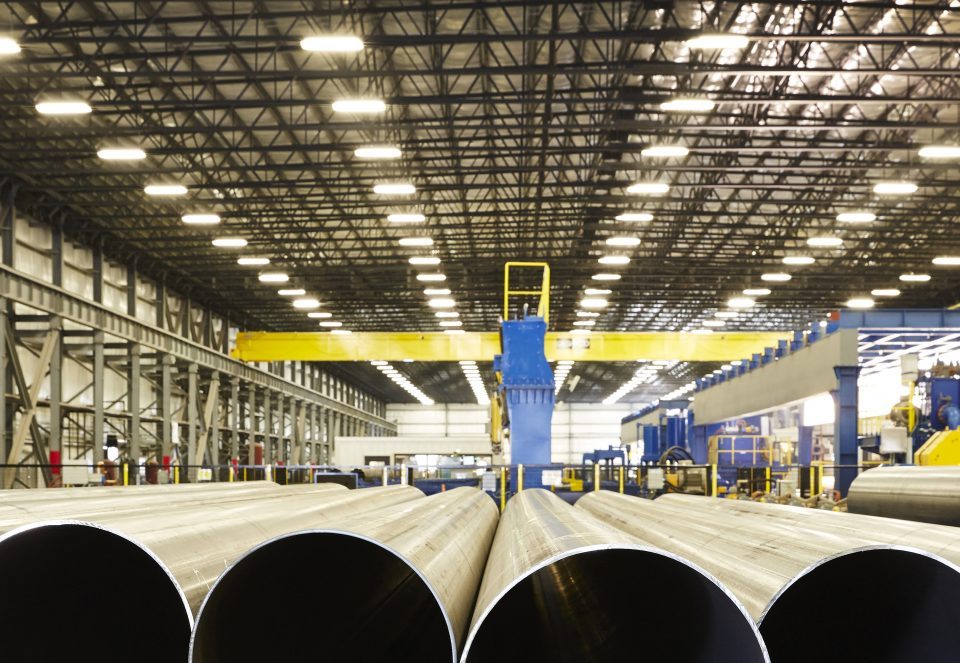Transformation, low-carbon green development, my country’s steel industry starts a new journey
August 3, 2021Lange Research: Economic data has fallen in an all-round way, steel demand for expansion is weak
August 17, 2021Both hot rolling and cold rolling are processes for forming section steel or steel plate, and they have a great influence on the structure and performance of steel. The rolling of steel is mainly hot rolling, and cold rolling is only used to produce small section steel and sheet.
1. Hot rolled
Advantages: It can destroy the casting structure of the steel ingot, refine the grain of the steel, and eliminate the defects of the microstructure, so that the steel structure is dense and the mechanical properties are improved. This improvement is mainly reflected in the rolling direction, so that the steel is no longer isotropic to a certain extent; bubbles, cracks and looseness formed during casting can also be welded under high temperature and pressure.
Disadvantages: 1. After hot rolling, the non-metallic inclusions (mainly sulfides and oxides, as well as silicates) inside the steel are pressed into thin sheets, and delamination (interlayer) occurs. Delamination greatly deteriorates the tensile properties of the steel in the thickness direction, and it is possible that interlayer tearing may occur when the weld shrinks. The local strain induced by weld shrinkage often reaches several times the yield point strain, which is much larger than the strain caused by the load.
2. Residual stress caused by uneven cooling. Residual stress is the internal self-balanced stress without external force. Hot-rolled steel sections of various cross-sections have such residual stresses. Generally, the larger the section size of the steel section, the larger the residual stress. Although the residual stress is self-balanced, it still has a certain influence on the performance of the steel member under the action of external force. For example, it may have adverse effects on deformation, stability, fatigue resistance, etc.
Two, cold rolling
It refers to the processing of steel plates or steel strips into various types of steel through cold drawing, cold bending, cold drawing and other cold processing at room temperature.
Advantages: fast forming speed, high output, and does not damage the coating, can be made into a variety of cross-sectional forms to meet the needs of the use conditions; cold rolling can cause large plastic deformation of the steel, thereby improving the yield of the steel point.
Disadvantages: 1, although the molding process has not been hot plastic compression, but still residual stress within the cross-section, the overall and local buckling resistance of the steel will inevitably produced Health Effects;
2. The cold-rolled steel section is generally an open section, which makes the free torsional stiffness of the section lower. When prone to bending torsional, bending and torsion prone to buckling under compression , torsional performance than the difference;
3. The wall thickness of cold-rolled steel is small, and there is no thickening at the corners where the plates are joined, and the ability to withstand local concentrated loads is weak.
Three, the main difference between hot rolling and cold rolling
1. Cold-rolled formed steel allows local buckling of the section, so that the bearing capacity of the bar after buckling can be fully utilized; while hot-rolled steel does not allow local buckling of the section.
2. Hot-rolled steel and cold-rolled steel have different causes of residual stress, so the distribution on the cross-section is also very different. The residual stress distribution on the cross-section of cold-formed thin-walled steel is curved, while the residual stress distribution on the cross-section of hot-rolled or welded steel is thin-film.
3. The free torsional stiffness of hot-rolled steel is higher than that of cold-rolled steel, so the torsion resistance of hot-rolled steel is better than that of cold-rolled steel.
